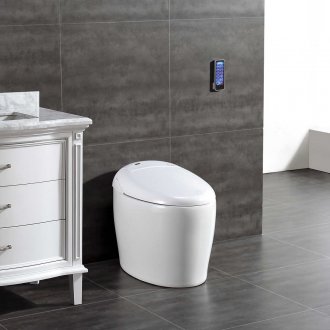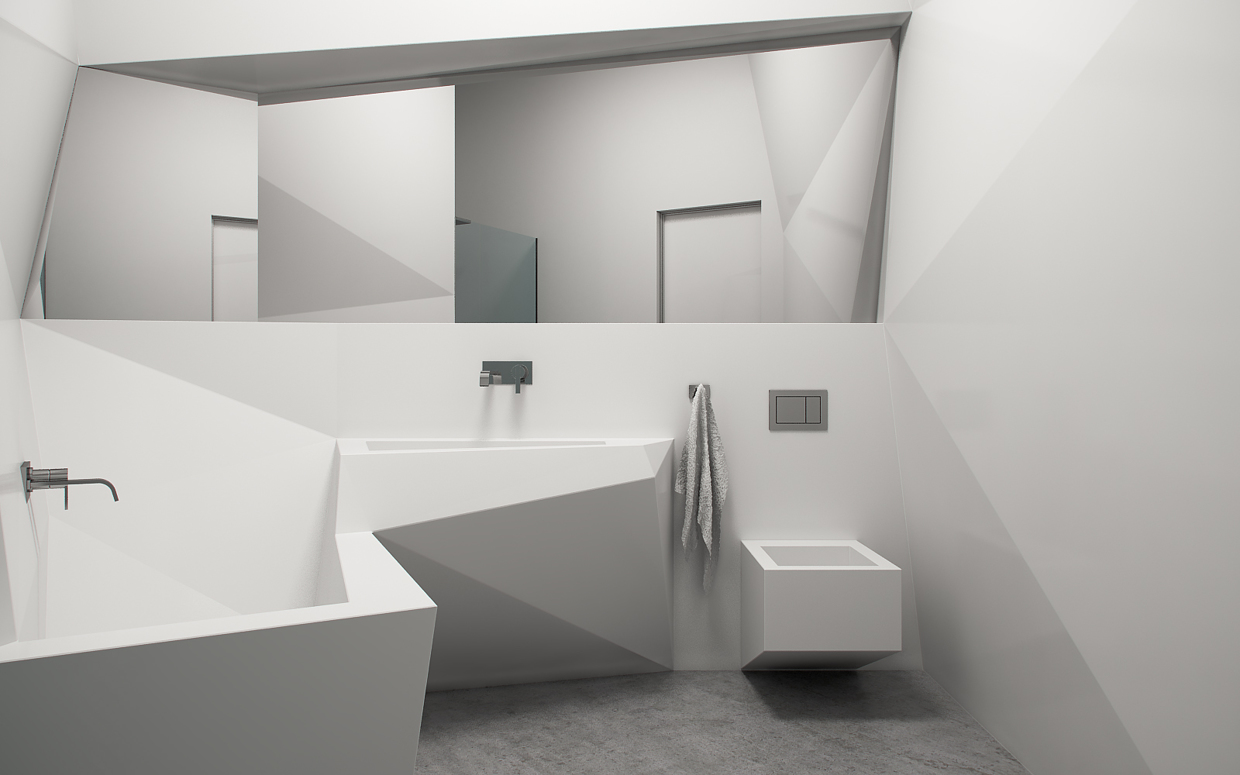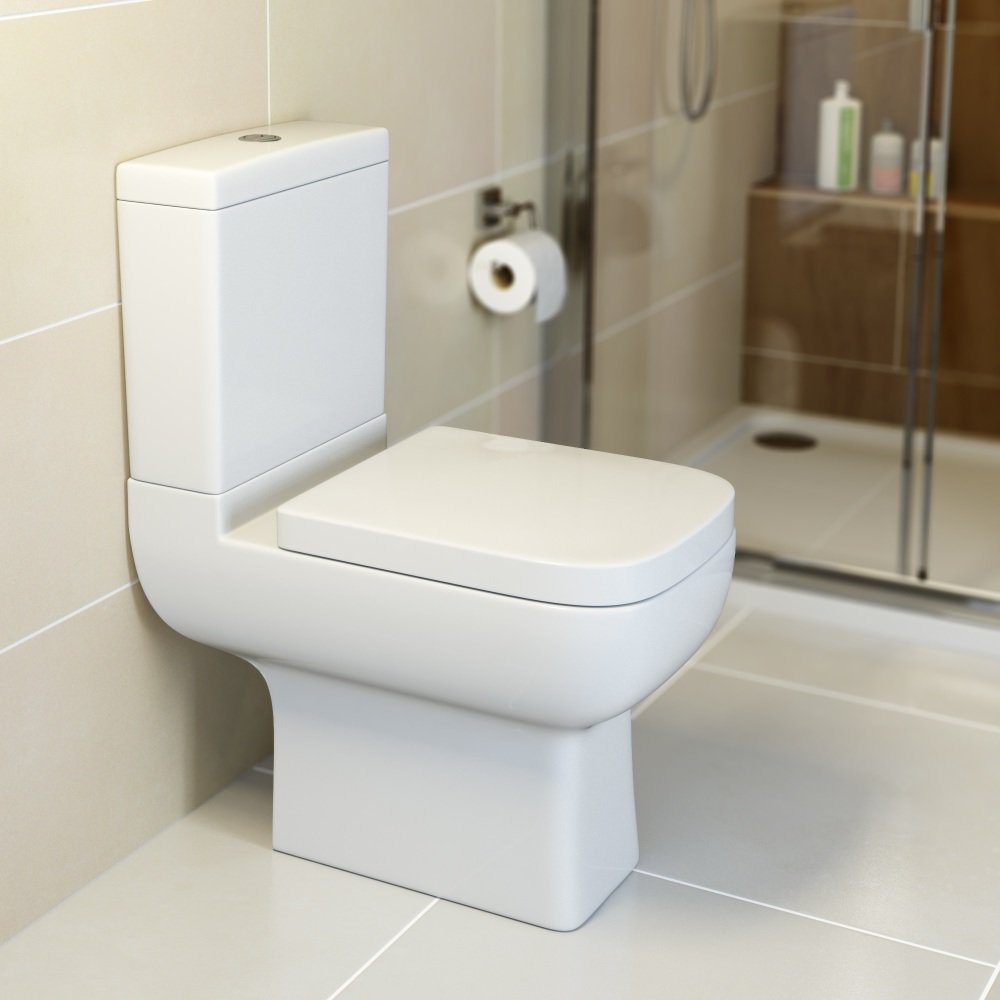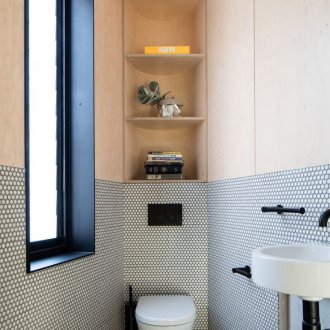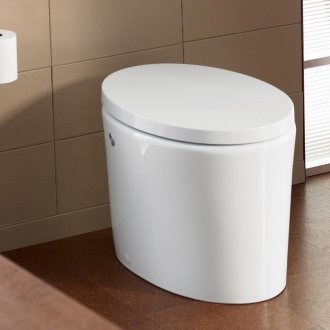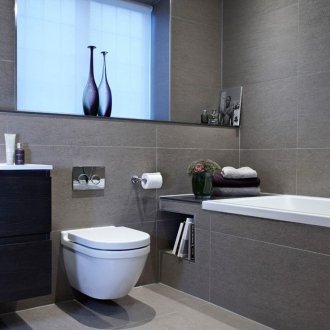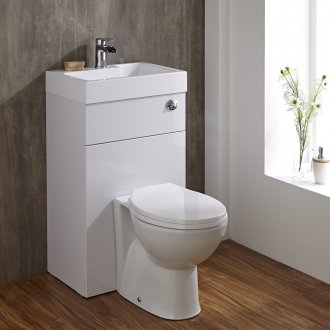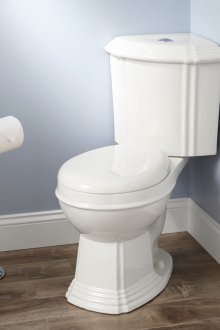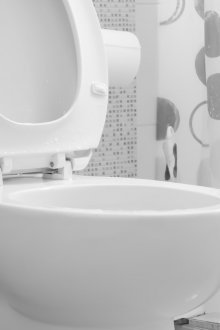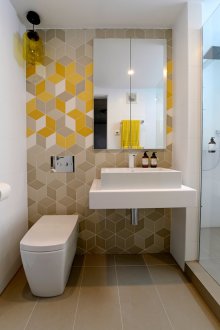The main types of toilets: differences and modern models
Content
The modern market for sanitary products offers a wide range of toilets, which are divided by shape, design features and even color. Despite the fact that visually such products are very similar to each other, there are many varieties, every ordinary townsfolk rarely know. Before buying this product, you should understand what are the toilet bowls, their main types, designs and materials, and what you should pay attention to when buying them.
Types of toilets in the bowl
The shape of the toilet bowl should provide functionality, hygiene and, of course, comfort. There are several main types of bowls:
- Funnel-shaped. In this case, the funnel is located in the very center of the bowl, which guarantees a high level of hygiene. Defecation products are instantly removed, leaving no residue on the toilet. The disadvantage of this design is the likelihood of a surge.
- Dish-shaped. This design is a platform on which defecation products accumulate. Its purification occurs only under the influence of water. Such bowls are considered obsolete and practically not produced. Their only advantage is the lack of spray.
- Visors. Most often this form of bowls is made. The design is a special protrusion that prevents the occurrence of a surge, but at the same time they have a sufficient slope to allow defecation products to independently be removed from the walls of the toilet.
In addition to the shape, the bowl should provide a good flush to prevent spatter and salt deposits under the rim. In this case, one should take into account not only the design of the bowl, but also the type of discharge.
Types of toilet toilets
The types of toilets according to the drain can be divided depending on the direction of the water flow. They are divided into direct and circular discharge designs, and each of them has a number of disadvantages and advantages.
Types of toilets by flushing:
- Direct flush. In this case, the drain is carried out by a stream of water on one side of the bowl. This type is durable, but can not guarantee thorough cleaning of the entire surface of the toilet. The benefits include affordable cost. The disadvantages include noise and spraying water when flushing, as well as insufficient cleaning of the bowl.
- Circular flush. Such a drain provides a movement of a stream of water at different angles to the inner surface of the bowl. Due to this, the surface of the toilet is processed very carefully and efficiently. In addition, this drain design guarantees a low noise level.
- Custom drain. It is used extremely rarely due to the strong overrun of water. It consists in the initial filling of the bowl with water, after which a quick descent is carried out. The advantage of this drain is the complete coverage of the entire inner surface of the bowl with water.
You can also divide the drain mechanisms by the presence of one and two drain modes. The standard system consumes about 6 liters of water per drain. However, in order to save water, it is recommended to choose a toilet equipped with two drain modes - standard and economical. The second one uses half as much water as with a standard flush.
Types of toilets for discharge into the sewer
Separately, it is necessary to distinguish the types of toilets with a different method of release into the sewer system. According to this parameter, they can be horizontal, vertical or have an oblique tap. The choice of toilets for this parameter depends on the location of the sewer entrance.
On this basis, the toilet bowls differ in such types of diversion:
- Horizontal. Widely used in modern construction. The angle of tap is almost 180 degrees. It is used for laying sewers in the plane of the floors, which are combined with a system of vertical risers.
- Squint. The angle of the tap in this case is 140-145 degrees. This type of toilet was common in apartment buildings 40-50 years ago.
- Vertical. It was widely used in the first half of the last century. Nowadays, such a system is used in the countries of South and North America due to the peculiarities of the structure of the sewer.
The choice of toilets according to the type of discharge into the sewer system depends solely on the structure of the sewage system, so when buying you should indicate which system is used in the house. In modern domestic houses, the horizontal exhaust system is most often used.
Mounting Methods
Depending on how the toilets are attached, they are divided into floor and hanging. Floor structures can be separately divided into wall and simple.
Types of toilets, depending on the mounting method:
- Floor toilets. This type of design has an affordable cost, as well as ease of installation. Installation of floor toilets is recommended in spacious toilets. Anchor bolts are used for installation. The design feature allows installation without harm to the floor. For small rooms, wall-mounted models are recommended. Separately, it is possible to distinguish angular floor structures that allow you to originally organize the space of even a small bathroom.
- Wall hung toilets. Wall hung toilets are recommended for installation in small toilets. A high-quality mounting system can withstand a load of up to 400 kg. The advantages also include the ability to conduct a more thorough cleaning of the room. Mounting can be done in a frame or block method. Block mounting means mounting the frame to the supporting wall. The frame mount provides a rigid mount of the toilet to the wall and floor.
When choosing a design with floor or pendant fixtures, the size of the room, the design of the toilet bowl and the room as a whole should be considered.
Features of the drain tanks
Separately, it should be noted and various types of flush tanks, which can be located directly on the toilet or attached separately. There are such tanks for the toilet:
- Compact The most popular type of tank. It is installed directly on the back strip of the toilet. Such a tank can be solid or attached to the toilet with bolts.
- Separate tank. This type of design is also popular due to the ability to reduce the space needed to install the toilet. The tank in this case is located separately and attached to the toilet with a pipe. It can be mounted on a wall, attached to the ceiling, or even hidden. The benefits should also include the best pressure when flushing.
- Tank in the installation system. Some types of toilets use cisterns that are hidden by the installation system. This is the frame on which the tank is installed together with water and sewer pipes, after which it is closed with drywall or other material. Thus, the user only sees the toilet itself and the flush button.
- A toilet bowl without a drain tank. Toilet bowls are also used, in which flushing occurs directly from the water supply system.However, due to the low pressure, such designs are not very popular.
When choosing a tank for the toilet, it is necessary to consider the convenience of its use, appearance and the availability of free space in the room.
Material for the manufacture of toilets
The first relatively modern toilet was made of earthenware and equipped with a wooden seat. Since that time, this piece of plumbing began to be made from other materials:
- China. It has a sufficiently high degree of durability and strength, so they can be used both for arranging a home toilet and a public one. Another advantage is the ease of surface cleaning. The disadvantages include the relatively high cost of products. To reduce production costs, ceramic toilet bowls are more often produced. However, they are characterized by lower strength, higher weight and lower degree of surface smoothness.
- Metal. Metal toilets are most often produced from cast iron and steel. As a rule, this material is used for the manufacture of products for public toilets. Metal toilets have a good indicator of strength and durability, but their price is quite high. Cast iron products are not very popular due to the large weight, as well as the poor resistance of the coating to mechanical damage.
- Faience. Earthenware toilets are characterized by a low indicator of strength and durability. In addition, their surface has a large porosity, so cleaning such a product can cause difficulties. Modern manufacturers practically do not use this material for the manufacture of sanitary products. These toilets are fragile and prone to cracking. And even despite modern technologies that improve the characteristics of the material, faience is much inferior to other materials for the production of toilet bowls.
- Plastic. Modern technologies make toilet bowls even plastic. In this case, reinforced acrylic is used. Such toilets have a high strength and non-porous structure, which simplifies cleaning and maintenance. The disadvantages include a low resistance to high temperatures and mechanical stress.
- Glass and stone. Toilet bowls made of artificial and natural stone, as well as glass, are luxury products. They have a high cost, but at the same time they have a beautiful design and fit perfectly into the Art Nouveau interior. Artificial stone and glass have low strength, but in the manufacture of toilets special additives are added to these materials that improve their performance.
Choosing a toilet is a crucial step, because it should not only fit well into the interior, and have the necessary operational characteristics, but also be convenient and comfortable.
